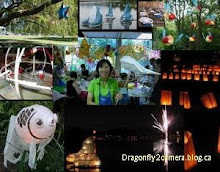Imagine you were visiting Montreal and you know some French, enough to get by. However, you haven’t used your French in eons. You want to go to a local
boulangerie to buy some fresh baguettes. If you’re like me, you would practice in your head exactly what you want to say (I want one baguette, please –
en francais, of course). Then you are going to practice what they might say back to you (That will be $4.95 – again,
en francais). Of course, you may want to practice something that’s totally off topic (Where did you get that dress), but that wouldn’t fit the context (or maybe it will).
Visualization is a technique that is often used by athletes in preparation for difficult maneuvers. We can use the same when approaching difficult communication situations.
- Envision the scenario that is about to happen. Important visual and aural cues are missing with hearing loss, but the brain can fill in the gaps if you know what is happening.
- Anticipate what is going to be said. In a place like boulangerie, there are certain phrases that are commonly used. Practice those phrases. The practice would help your brain to be prepared for what is about to be said.
- Different situations means different possibilities. So what you might expect in the bakery would be different from what is said in a doctor’s office from what is said in a restaurant. Context is everything.
Visualize the scenario and anticipate the speech and your brain will be warmed up for each and every difficult situation. Just like many things, planning ahead can help you to avoid unwanted pitfalls.












